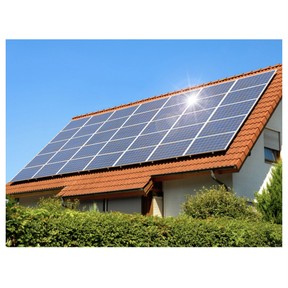
Renewable and Nonrenewable resources
I can compare renewable and nonrenewable energy resources.



8,000 schools use Gynzy
92,000 teachers use Gynzy
1,600,000 students use Gynzy
General
Students learn about renewable and nonrenewable natural resources. They learn how these resources are used to create energy and discuss the pros and cons of each.
Standards
4-ESS3-1
Learning objective
Students will be able to identify renewable and nonrenewable energy sources as well as their advantages and disadvantages.
Introduction
Review some prior knowledge with your students by having them turn and talk to their partners to answer the question on the interactive whiteboard about natural resources. Explain that there are renewable and nonrenewable resources and that we use both to produce electricity and the things we need or want. It is important to know what these are so that we can make wise decisions about what to use and how or when we use them.
Instruction
Explain that renewable resources are resources that can be replaced in our lifetime and that they can be produced by nature again and again. Have students drag the names of the resources to the images. Then have students match the name of a renewable resource to its image. Explain the advantages and disadvantages of solar, hydroelectric, and wind energy. Ask students to drag the advantages and disadvantages to the correct place. Next, discuss nonrenewable resources. Explain that these are resources that can't be replaced in a lifetime ⏤ once they are all used up, they're gone. They can't be replaced quickly enough to meet our needs. Have students drag the names of the resources to the images. Then have students match the name of a nonrenewable resource to its image. Explain the advantages and disadvantages of coal, petroleum, and natural gas. Ask students to drag the advantages and disadvantages to the correct place. Then discuss energy conservation with the class. Ask students to come up with ways to conserve energy.
Quiz
Students are given a set of true or false questions to check their understanding of key concepts given during the lesson. They are then given a set of multiple-choice questions in which they must determine the advantages or disadvantages of the renewable or nonrenewable resources mentioned.
Closing
Discuss the learning goal again with the students and ask them for examples of renewable and nonrenewable resources. To close the lesson, ask students to compare and contrast renewable and nonrenewable resources. Students will drag the information to where it belongs on the Venn diagram. Check your answers on the next slide.
Teaching tips
You can challenge your students to come up with the renewable and nonrenewable resources they use individually, at home, or at school. You can also expand to discuss their environmental footprint and challenge them to come up with ways to reduce their environmental footprint.
The online teaching platform for interactive whiteboards and displays in schools
Save time building lessons
Manage the classroom more efficiently
Increase student engagement
Discover more!
About Gynzy
Gynzy is an online teaching platform for interactive whiteboards and displays in schools.
With a focus on elementary education, Gynzy’s Whiteboard, digital tools, and activities make it easy for teachers to save time building lessons, increase student engagement, and make classroom management more efficient.



